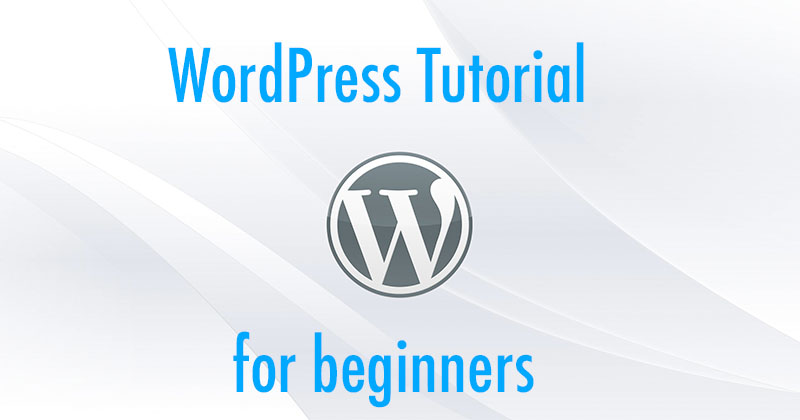WordPress Security
How Get Notified About Available Updates In WordPress For Free
At the time of this writing, WordPress is the most popular blog platform on Earth and WooCommerce is the most popular e-commerce platform. That’s why they are the target of many malicious attacks. Keeping your WordPress (including themes and plugins) up to date is one of the most effective way to keep your site secure. […]



